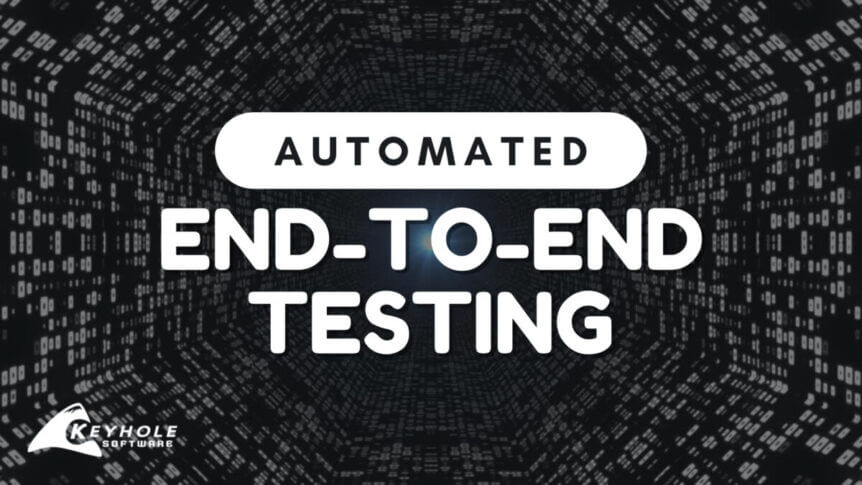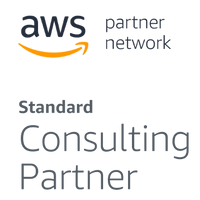Imagine for a moment that we’re getting ready to publish a new app or feature. Following the principles of Test Driven Development (like we always do), we have created a full suite of unit tests. We’re never pressed for time, so we’ve also built out full coverage integration and functional tests.
In order to ensure our front-end is behaving as expected, we’ll need to either manually step through the application or just push our commit to the main branch and let our continuous integration pipeline do the building and testing for us. But, if we wrote our end-to-end (E2E) tests without automation in mind, we might find the results lacking in usefulness…
This post isn’t a discussion on what E2E testing is nor a tutorial on how to get started. For that, resources like Smartbear, CircleCI, and Playwright have already published articles and tutorials that do a great job of covering that ground. In this post, we’ll talk through a few tips I’ve picked up over 5 years of championing fully automated end-to-end testing.










